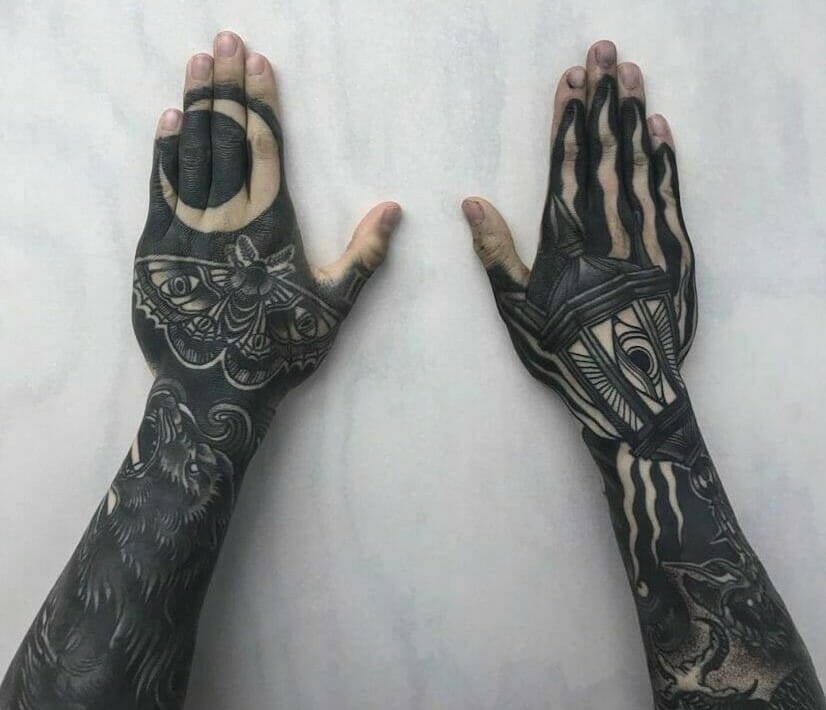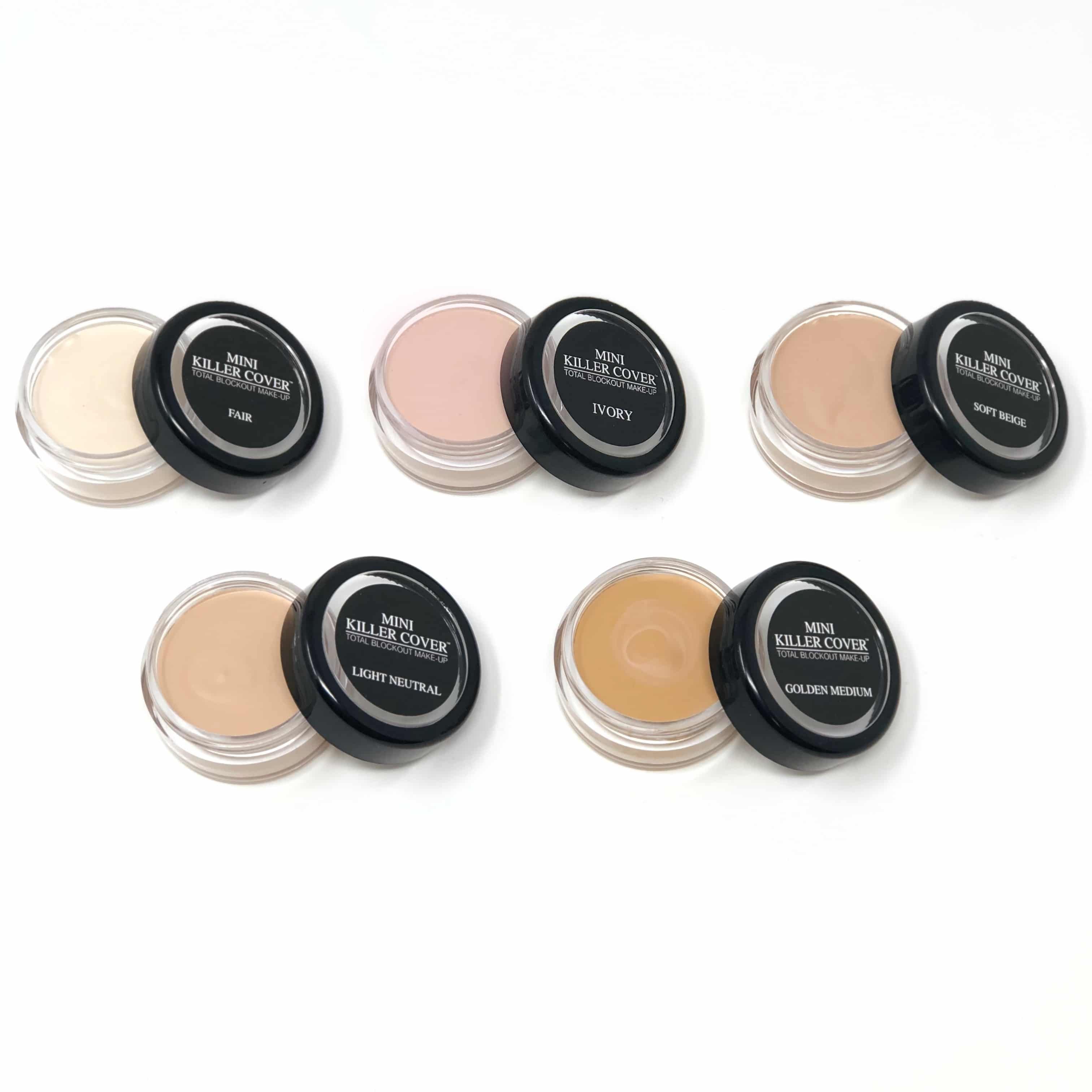
Alright, let’s talk tattoos.
Specifically, old hand tattoos you might not be so thrilled with anymore.
Been there, seen that, right?
Are you wondering if a beautiful bouquet can actually hide that faded anchor or regrettable band name?
Is a floral cover-up even possible on your hands?
Let’s dive into whether floral designs are good for covering old hand tattoos.
Floral Designs: Can They Really Cover Old Hand Tattoos?
Okay, straight up: yes, floral designs can be a great option for covering old hand tattoos.
But, it’s not always a slam dunk.
Think of it like this: you’re not just slapping a rose on top and hoping for the best.
It requires planning, a skilled artist, and understanding a few key things.
I once had a client who wanted to cover a faded tribal design on her wrist.
We went with a sprawling peony design, using the darker parts of the original tattoo to create depth in the flower.
The result?
Completely transformed!
Why Floral Designs Work Well as Cover-Ups
So, what makes floral tattoos such effective camouflage?
- Organic Shapes: Flowers naturally have flowing lines and curves. These can be strategically used to disguise the hard edges of older tattoos.
- Color Variety: You can use a wide range of colors in floral designs. This helps to distract the eye and blend the old ink into the new.
- Size Flexibility: From delicate blossoms to bold bouquets, floral tattoos can be scaled to fit the area and cover the existing design effectively.
- Texture and Detail: Petals, leaves, and stems offer opportunities for intricate detailing, further obscuring the original tattoo.
Factors to Consider Before Getting a Floral Cover-Up
Hold your horses before you pick out your favorite bloom.
Here are some things to think about:
- The Age and Fading of the Old Tattoo: The more faded the original tattoo, the easier it will be to cover. Very dark or bold tattoos might require multiple sessions or a larger design.
- The Size and Placement: Hand tattoos can be tricky because of the limited space. A larger, more intricate floral design might be needed to completely conceal the old ink. Think about your hand’s shape and natural curves.
- Your Skin Tone: Darker skin tones may require bolder colors and thicker lines to ensure the floral design stands out and effectively covers the old tattoo.
- The Artist’s Experience: This is HUGE. Find an artist who specializes in cover-up tattoos and has experience with floral designs. Look at their portfolio!
Tips for Choosing the Perfect Floral Design
Let’s get down to the fun part – picking your flower power!
- Consider the Meaning: Do you want a rose for love, a lotus for rebirth, or a sunflower for joy? Choose flowers that resonate with you.
- Think About the Style: Realistic, watercolor, traditional, neo-traditional – the style of the floral tattoo will impact how well it covers the old ink. Discuss this with your artist.
- Work With Your Artist: Your artist can help you choose the right size, placement, and color palette to effectively cover your old tattoo. They’re the experts!
- Don’t Be Afraid to Go Bold: Sometimes, a larger, more vibrant floral design is exactly what you need to completely transform your hand.
Aftercare: Protecting Your Investment
Okay, you got the amazing floral cover-up.
Now, protect that beauty!
- Follow Your Artist’s Instructions: This is non-negotiable. They know what’s best for your skin and your new tattoo.
- Keep It Clean and Moisturized: Use a gentle, fragrance-free cleanser and a tattoo-specific moisturizer.
- Avoid Sun Exposure: Sunlight can fade your tattoo, especially during the healing process. Wear sunscreen or protective clothing.
- Be Patient: Healing takes time. Don’t pick or scratch at your tattoo.
FAQ: Floral Cover-Ups on Hands
- Will the old tattoo completely disappear?
- Ideally, yes. But sometimes, a faint shadow might remain, especially with very dark tattoos.
- How much will it cost?
- Cover-up tattoos typically cost more than new tattoos due to the extra work involved. Get a consultation for an accurate estimate.
- Does it hurt more than a regular tattoo?
- It might, depending on the location and the amount of ink being used. But pain is subjective.
- Can I cover a black tattoo with color?
- Yes, but it might require multiple sessions or a darker color palette.
Ultimately, floral designs are good for covering old hand tattoos when approached strategically and with the guidance of a skilled artist.








